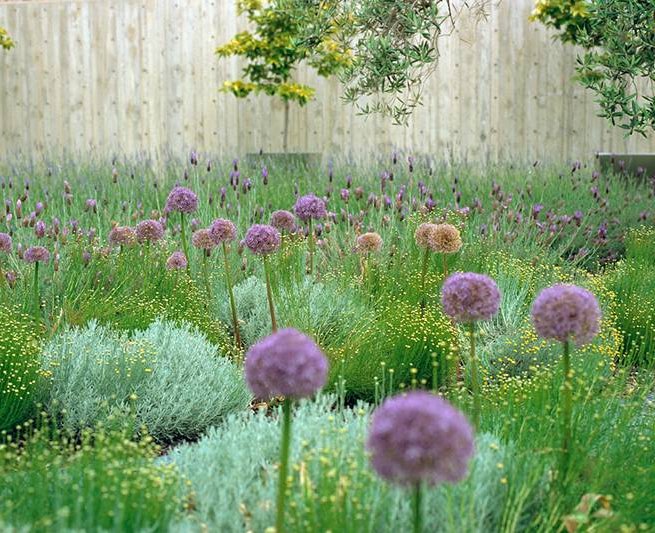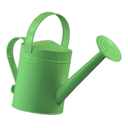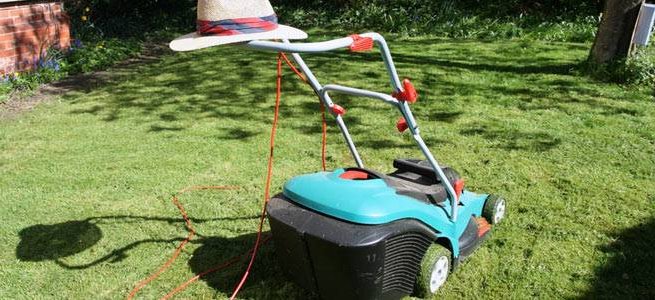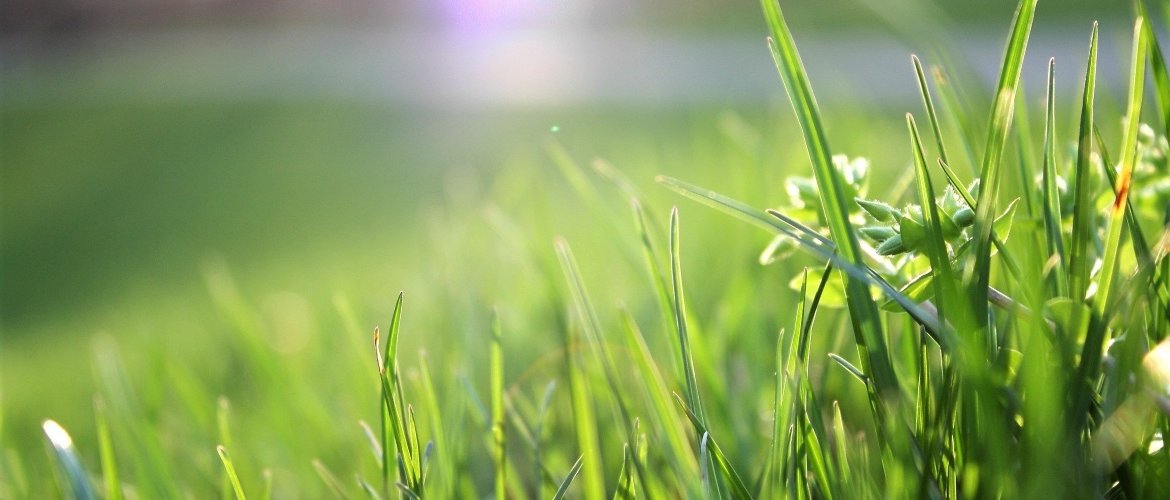Meadow versus lawn
If you are one of those privileged people who own a garden and you are thinking about how to condition it, surely the lawn is the first option you have considered. If you are not convinced by other solutions such as gravel, pavements... and you want at all costs a green and natural surface, today we are going to propose the meadow as an alternative.
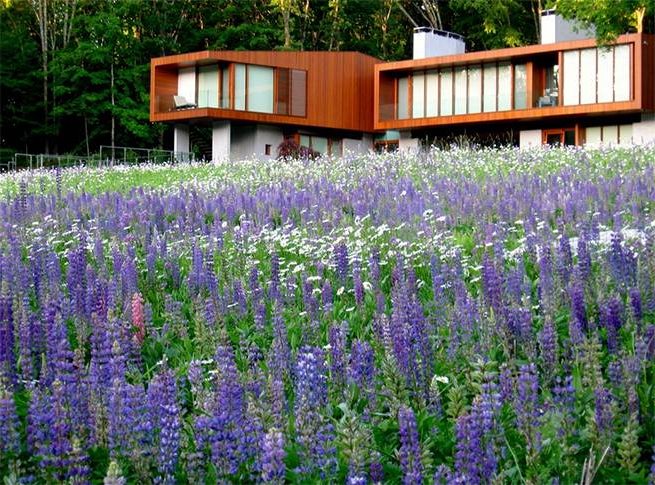
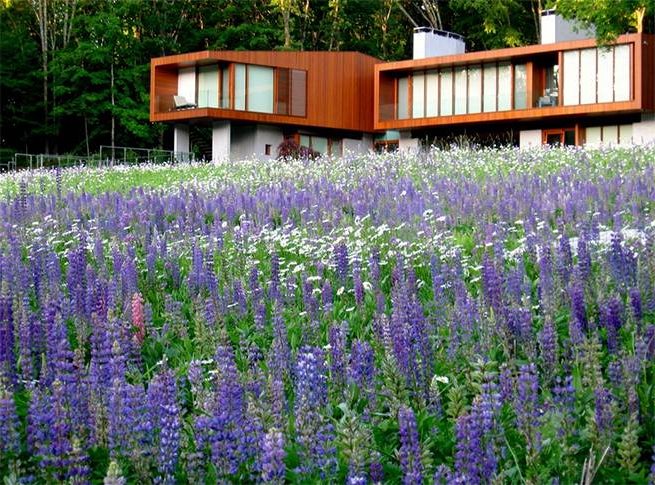
8 advantages of meadow vs. garden
Have you ever wondered why most residential gardens look more like a soccer field than nature itself?
If you look at the meadows that grow freely you will see that very few are composed of grasses from only a few families, and most have a mixture of flowering herbs that give them a changing image throughout the year.
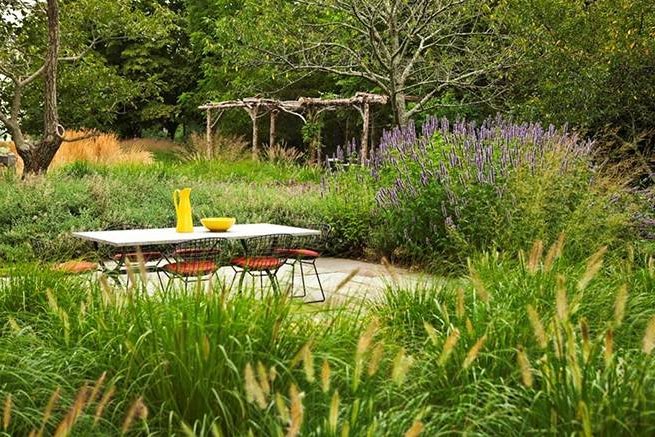
The lawn garden, moreover, is not a model that adapts particularly well to the Mediterranean climate, it is rather a fashion brought from countries with a greater landscape culture than ours, but with much more rainy and colder climates.
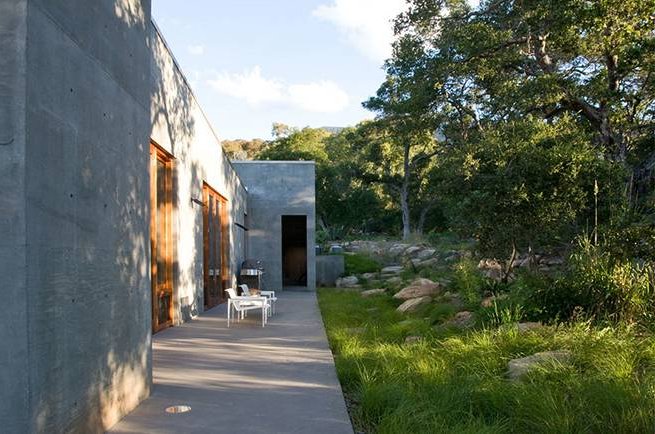
A meadow is much easier to cultivate, it does not require as many mowings and with respect to irrigation water, it requires ten times less than a lawn, so it is much easier to maintain economically.
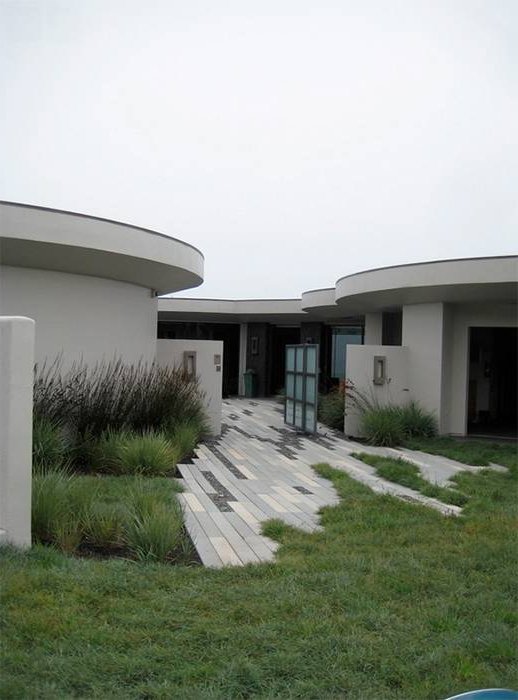
As you can see, this is a much more sustainable and ecological solution, especially if you grow native species in it.
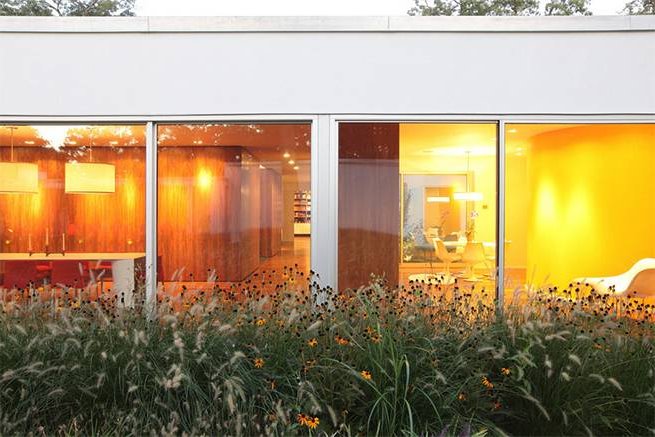
Aesthetically, its appearance is much more natural than that of grass, offering a rich range of colors that evolve with the passing of the seasons.
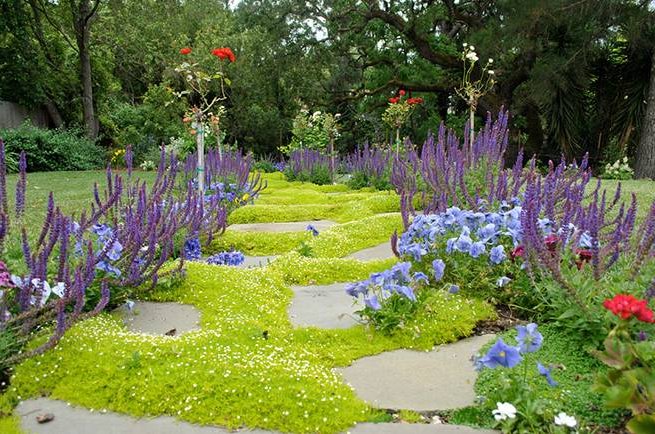
If you are looking for a less wild and more manicured image, you can selectively mow some areas, creating paths or trails.
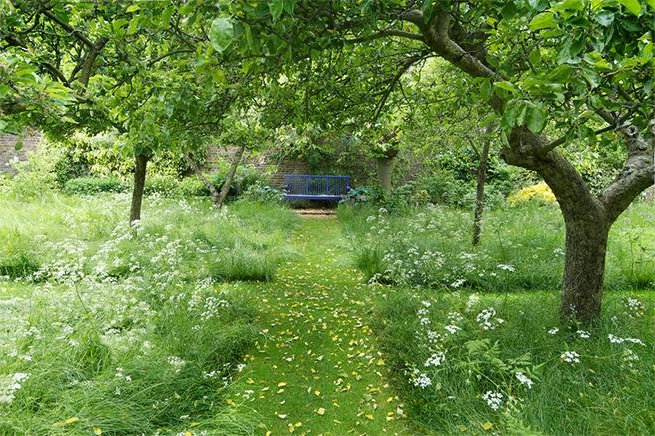
Fall is the best time to plant a meadow, especially the month of October, as the soil is still warm and the rainy season begins. The earlier you plant, the earlier the spring bloom will occur.
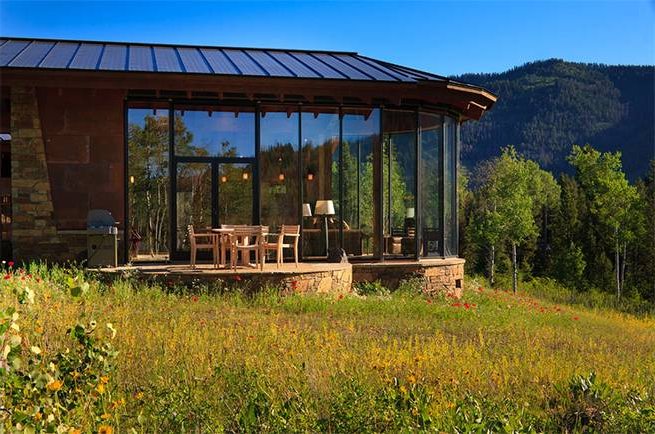
You can find ready-made mixtures of various species in specialized stores, or you can make your own. We recommend that you bury the seeds at a depth of 0.5 to 2 cm (depending on the species and soil type) to keep them away from insects and birds.
